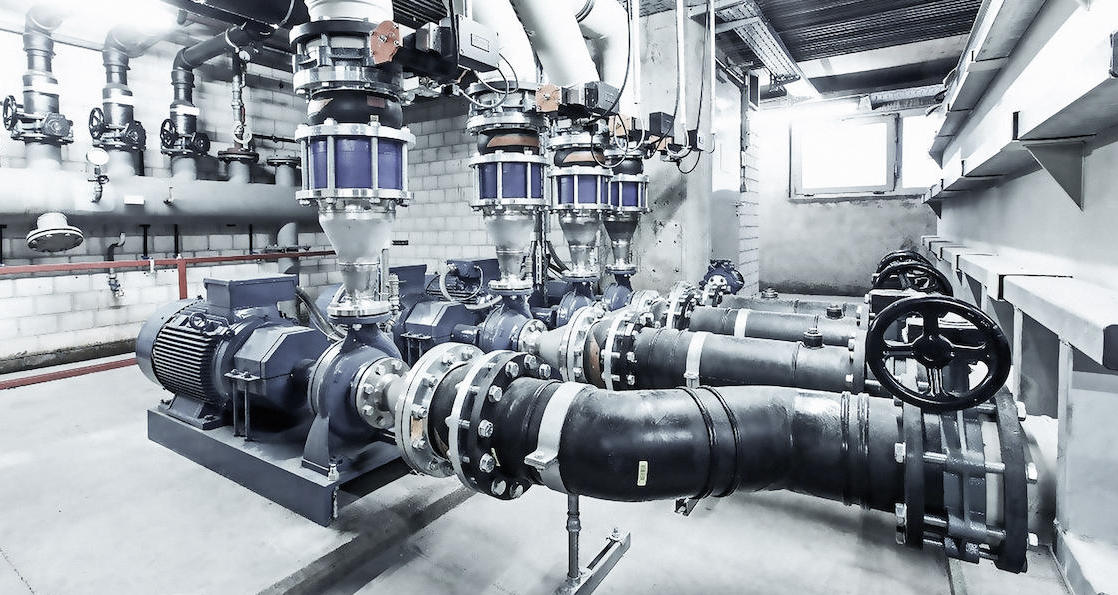Section 1: Pump System Optimization
Pump systems play a pivotal role in various industrial processes, facilitating the movement of fluids critical for production. Achieving optimal performance in these systems requires a holistic approach, encompassing both pump system optimization and the integration of control sensors. In this article, we will explore the key components and benefits of both aspects, emphasizing their collective impact on efficiency, reliability, and overall operational excellence.
Understanding the Components:
Pump system optimization involves a strategic combination of technologies and practices aimed at enhancing energy efficiency, reducing costs, and improving overall performance. Central to this process are various sensors that monitor critical parameters within the system.
Common Sensors for Pump System Optimization:
- Flow Sensors: Measure the fluid flow rate through the pump, aiding in the assessment of volume per unit of time.
- Pressure Sensors: Monitor pressure levels, ensuring that the pump operates within the desired range for efficiency and safety.
- Temperature Sensors: Provide insights into fluid and component temperatures, crucial for preventing overheating and maintaining operational integrity.
- Vibration Sensors: Detect abnormal vibrations, indicating potential mechanical issues and allowing for proactive maintenance.
Benefits of Pump System Optimization:
- Energy Efficiency: Reduction in energy consumption translates to lower operating costs and environmental sustainability.
- Cost Savings: Improved efficiency leads to decreased maintenance requirements and prolonged equipment life, resulting in long-term cost savings.
- Reliability and Process Optimization: A well-optimized system ensures reliable performance, contributing to enhanced uptime and improved overall process efficiency.
Section 2: Control Sensors for Automated Precision
Understanding Control Sensors:
Control sensors are instrumental in automating pump systems by continuously monitoring specific parameters and initiating control actions when predetermined conditions are met. These sensors contribute to real-time responsiveness, energy efficiency, and safety.
Common Control Sensors:
- Level Sensors: Monitor fluid levels in tanks, preventing overfilling and ensuring safety.
- Power Sensors: Track electrical power consumption, aiding in energy-efficient strategies.
- Speed Sensors: Monitor pump rotational speed for maintaining desired flow rates and preventing over-speed or under-speed conditions.
Benefits of Control Sensors:
- Automated Control: Enables the automation of processes, responding swiftly to dynamic changes and optimizing pump performance.
- Energy Efficiency and Safety Enhancement: Integrating control sensors allows for energy-efficient strategies and enhances safety by preventing unsafe conditions.
- Process Stability and Preventive Maintenance: Control sensors contribute to stable operating conditions and early detection of potential issues, facilitating preventive maintenance.
In conclusion, the synergy between pump system optimization and control sensors is essential for achieving the highest levels of efficiency, reliability, and safety in industrial pump systems. By understanding the roles of various sensors and implementing comprehensive optimization strategies, industries can navigate toward a future of sustainable, cost-effective, and seamlessly operated pump systems.
